100+ Bloom’s Taxonomy Verbs For Critical Thinking
Bloom’s Taxonomy verbs include Evaluate: Criticize, Judge, Defend, Appraise, Value, Prioritize, Revise, Argue, Support, and Re-design.
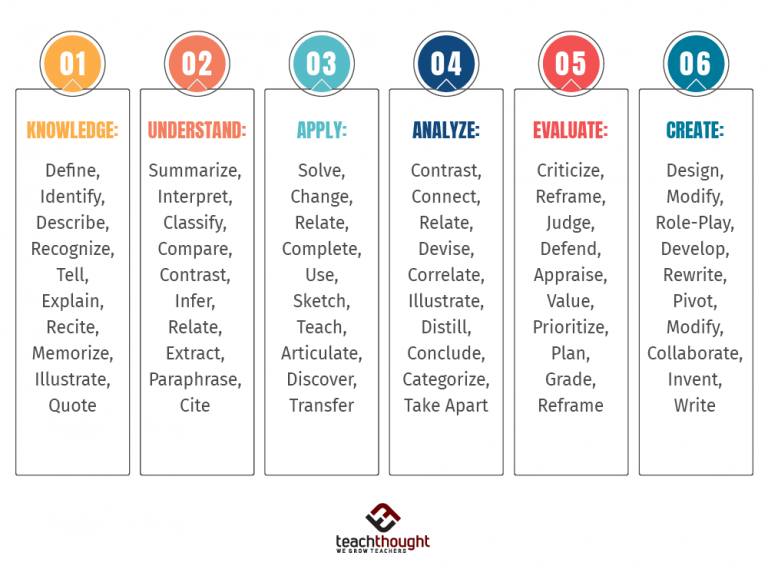
Bloom’s Taxonomy verbs include Evaluate: Criticize, Judge, Defend, Appraise, Value, Prioritize, Revise, Argue, Support, and Re-design.
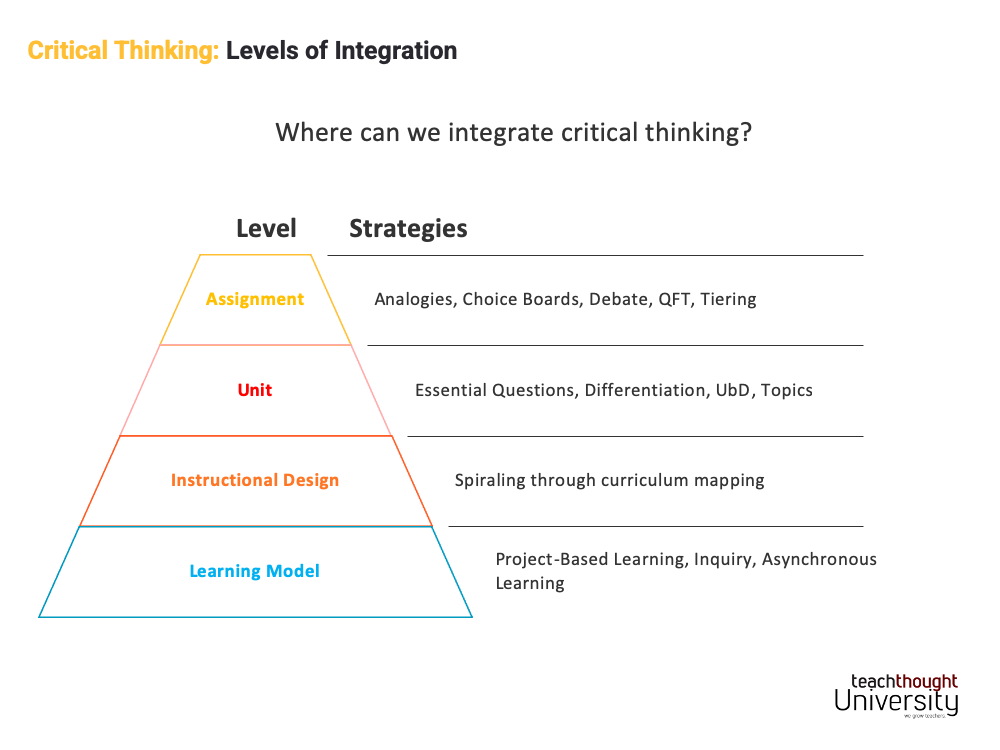
How can you teach critical thinking? This framework offers a way to integrate critical thinking in your classroom.
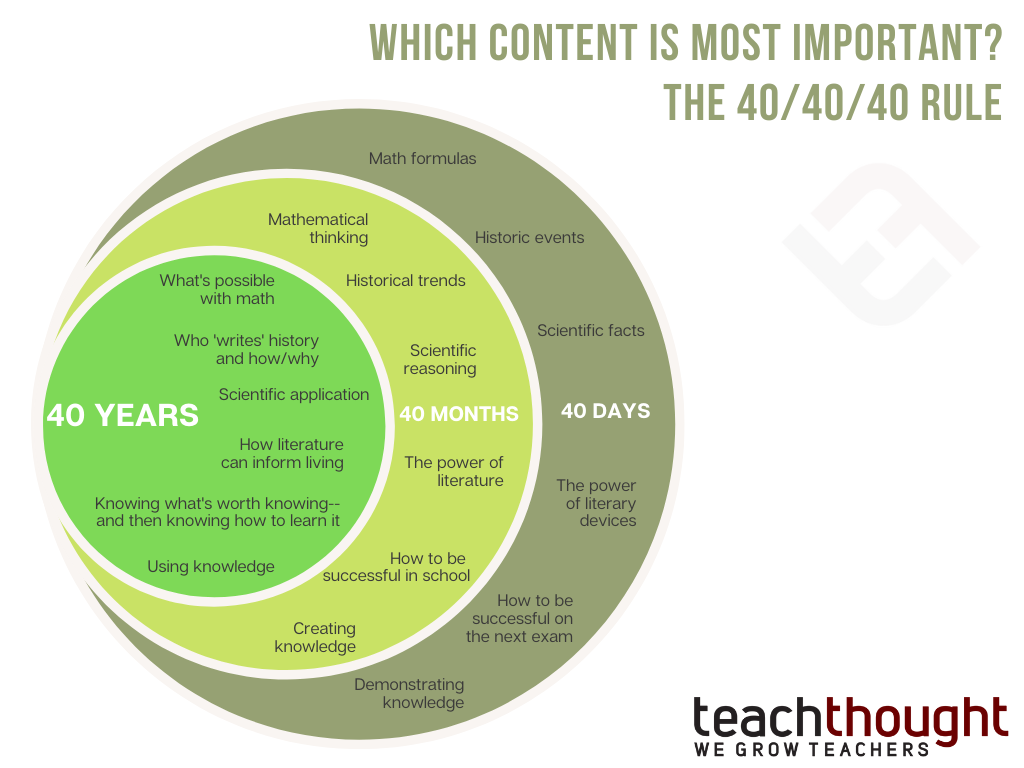
The 40/40/40 rule: What’s important that students understand for the next 40 days, for the next 40 months, for the next 40 years?
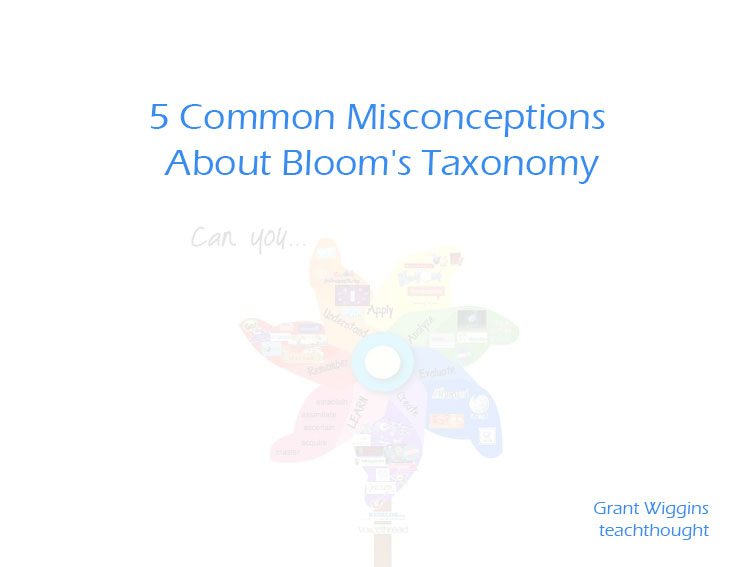
Many educators have a mistaken view of the Bloom’s Taxonomy and the levels in it, as the following errors suggest.
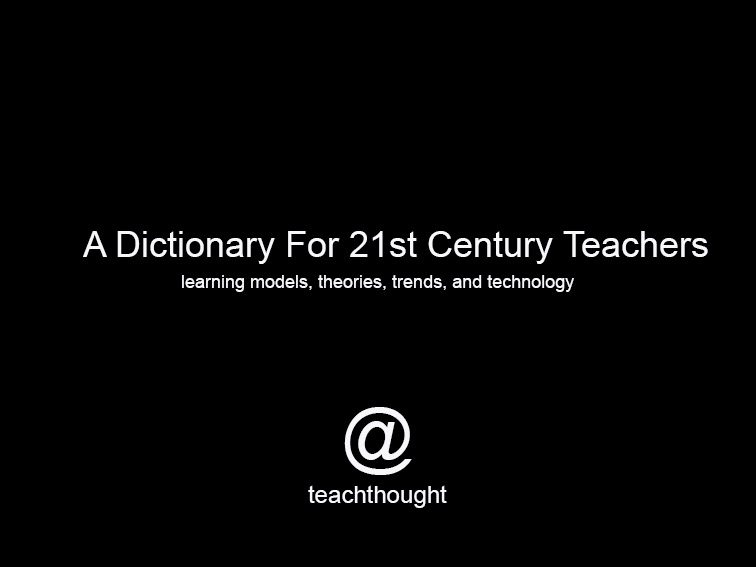
A Dictionary For 21st Century Teachers: An ongoing index of emerging learning models, theories, and technology for progressive teaching.
What Are 3 Simple Strategies For Smarter Curriculum Mapping? by Terry Heick The school year isn’t a series of sprints, but the way you forge your curriculum can make it feel that way. The most common way of structuring how you teach is by first assembling standards into units, then those units into lessons. You…
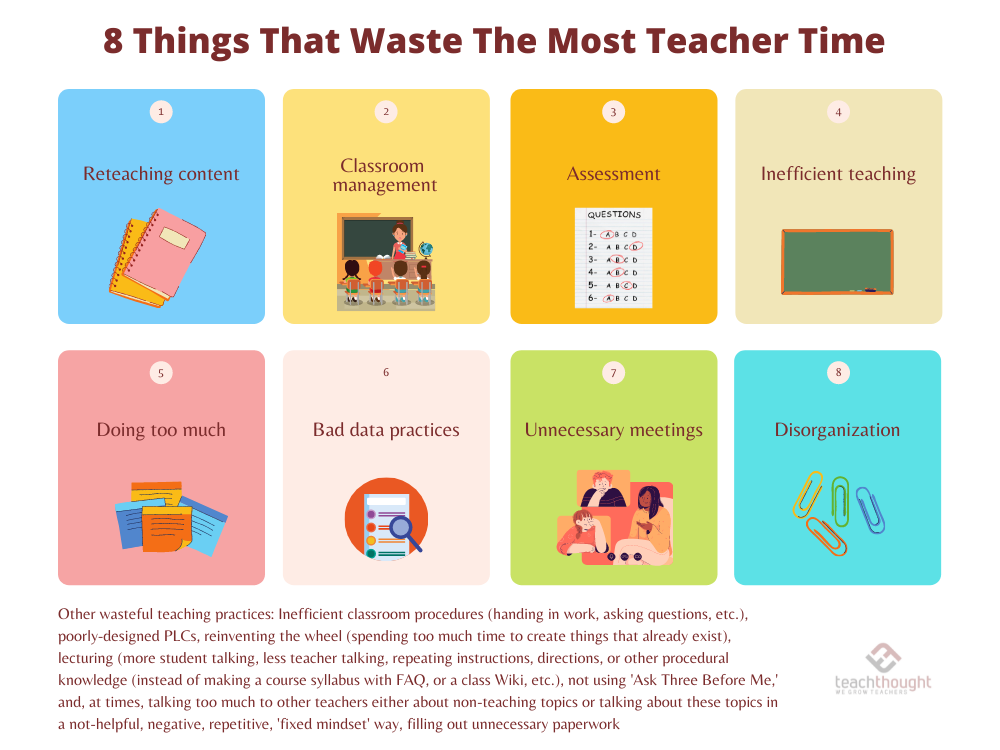
Good teaching is difficult and one of the biggest challenges is a lack of time. Let’s take a closer look at where your time is going.
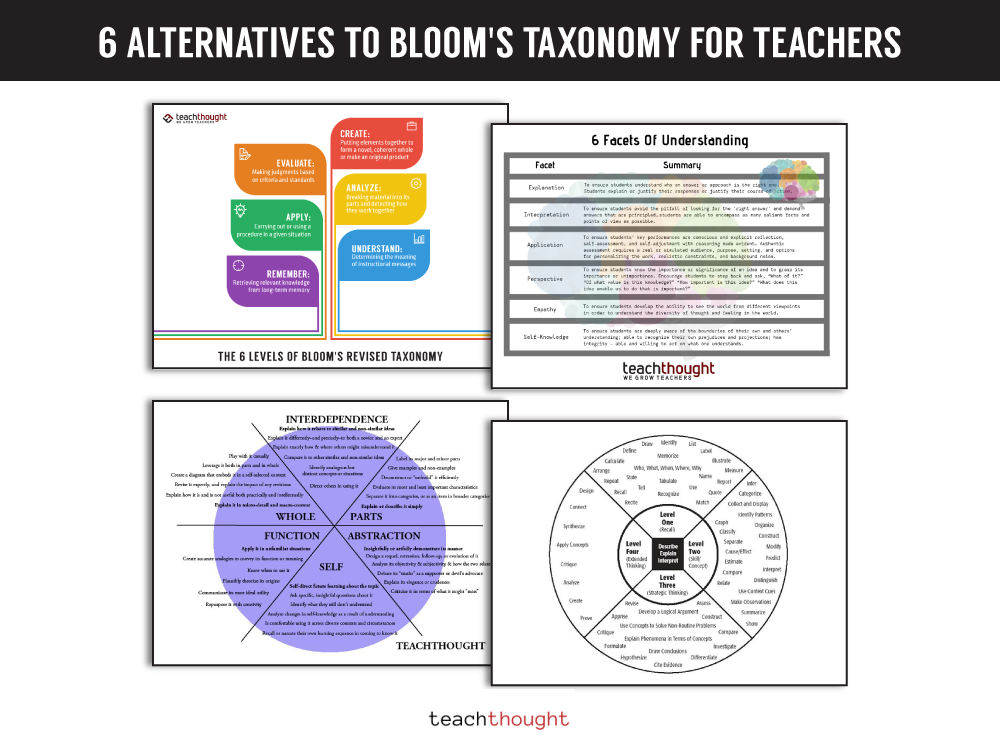
Why might you need alternatives to Bloom’s Taxonomy? While wonderful, it neglects important ideas that see the whole child.
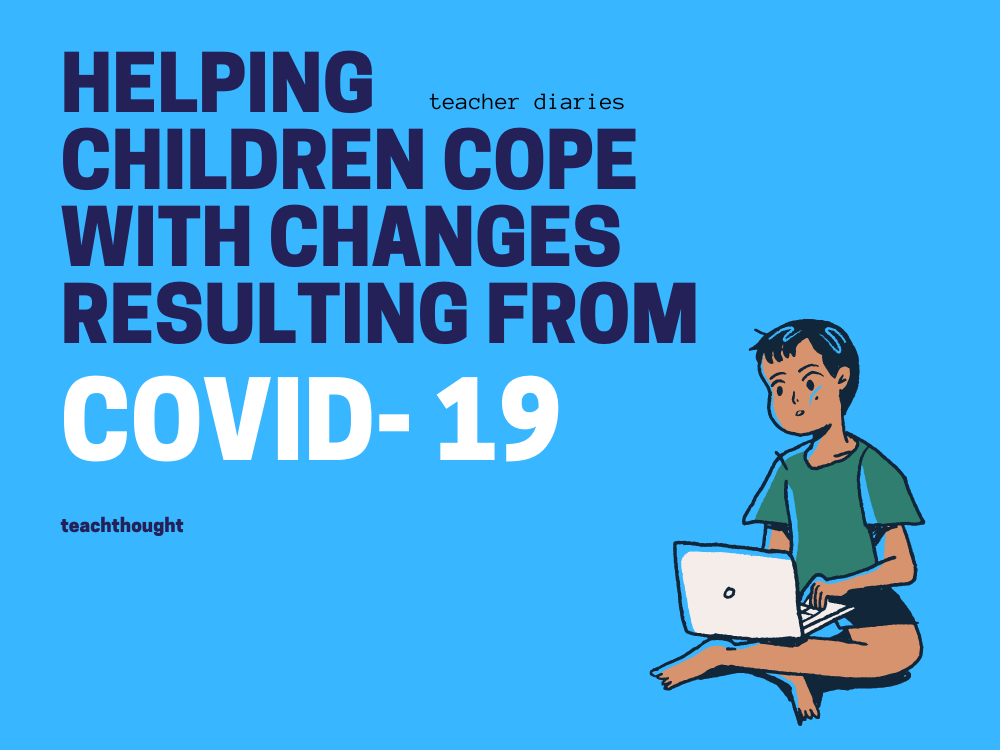
How To Help Children Cope With Changes Resulting From COVID-19 contributed by Sanam Edwards, Teacher It’s been more than a year since we shifted to our virtual platform on Teams. Learners have acclimated to technology like fish to water, and it is sometimes educators who must keep stride with their hunger for new tech tools….
Submit An Article To TeachThought by TeachThought Staff What You Need To Know Before Writing & Submitting We are hugely interested in your ideas and how they can grow teachers and are excited to begin experimenting with publishing select submissions from educators. With that in mind, you can find some rules, tips, and submission form…
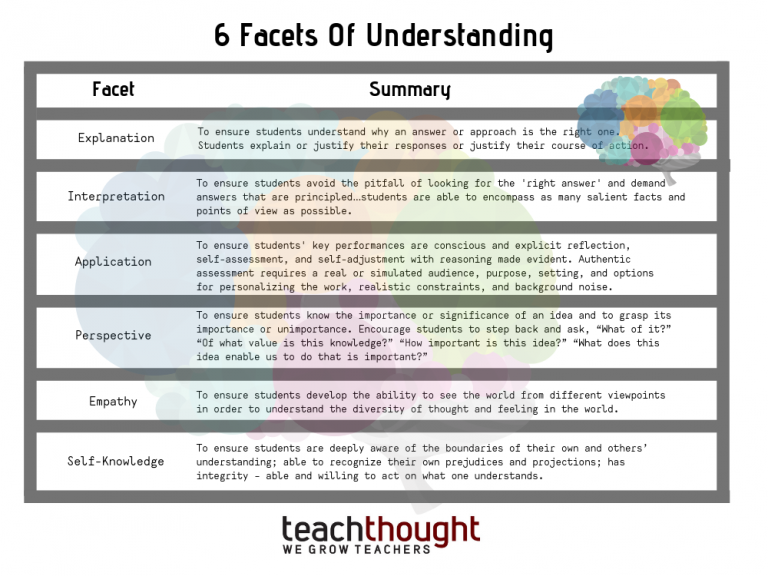
The 6 Facets of Understanding is a non-hierarchical framework for understanding. These ‘facets’ are useful as indicators of understanding.

Backward design encourages you to plan for a destination not by anticipating but visualizing the end and planning backward from there.
End of content
End of content